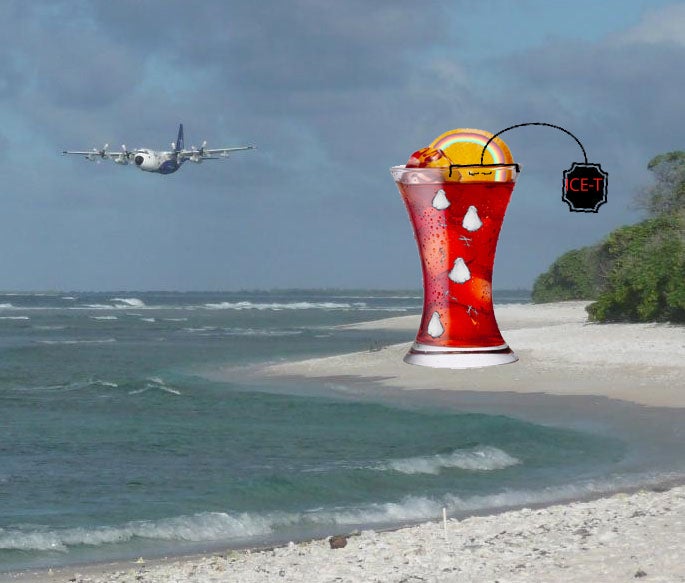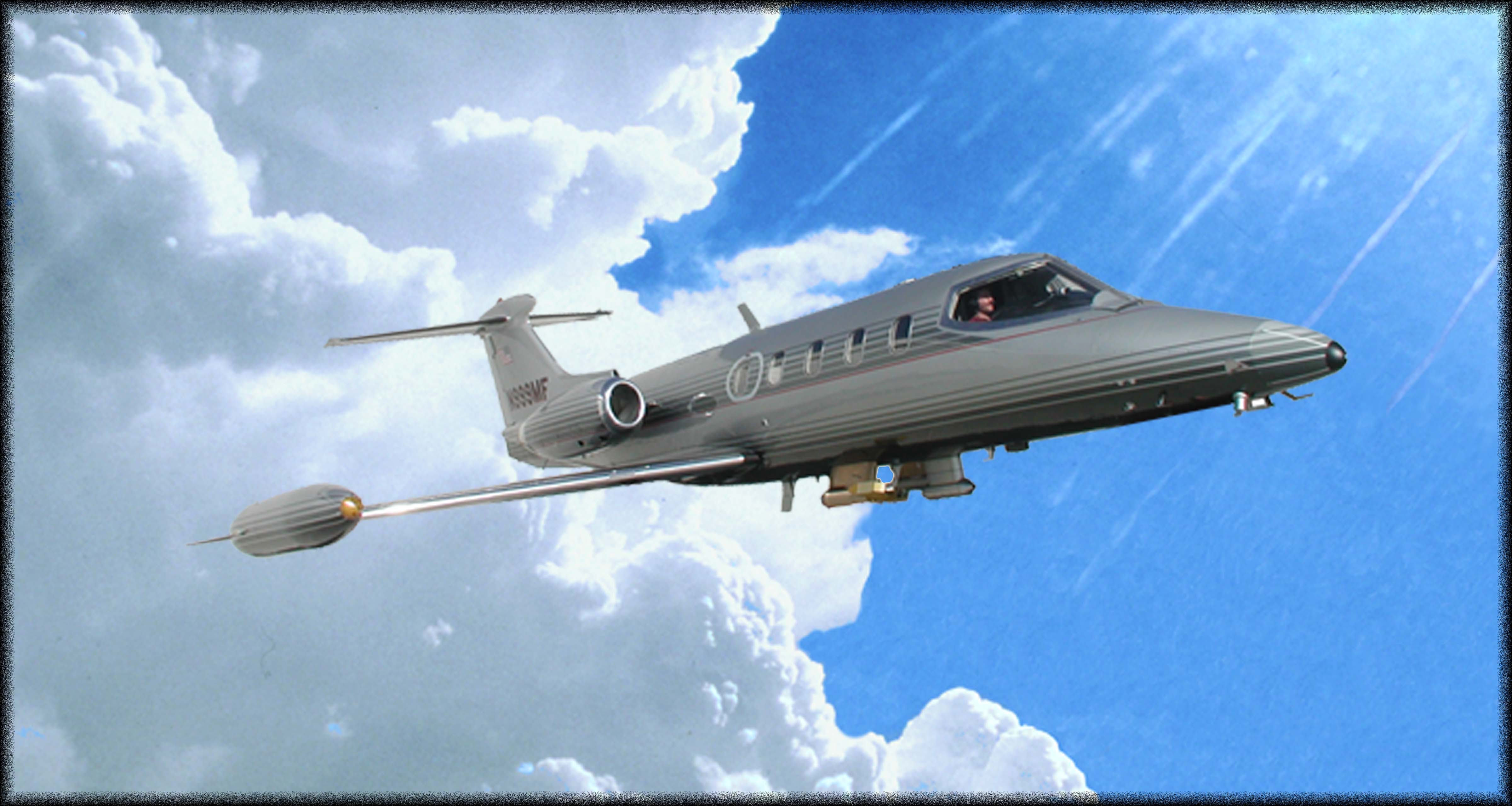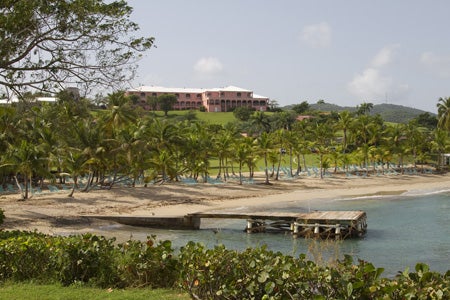ICE-T
Ice in Clouds Experiment - Tropical

More than 50% of the earth's precipitation originates in the ice phase. Ice nucleation, therefore, is one of the most basic processes that lead to precipitation. The poorly understood processes of ice initiation and secondary ice multiplication in clouds result in large uncertainties in the ability to model precipitation production and to predict climate changes. Therefore, progress in modeling precipitation accurately requires a better understanding of ice formation processes.
ICE-T Aircraft
 |
 |
| SPEC Learjet | NSF/NCAR C-130 |
Scientific Objectives
The objective of the Ice in Clouds Experiment (ICE) was to focus on the following long term scientific goal:
 To show that under given conditions, direct ice nucleation measurement(s), or other specific measurable characteristics of the aerosol, can be used to predict the number of ice particles forming by nucleation mechanisms in selected clouds. Improved quantitative understanding of the roles of thermodynamic pathway, location within the cloud, and temporal dependency are also sought.
To show that under given conditions, direct ice nucleation measurement(s), or other specific measurable characteristics of the aerosol, can be used to predict the number of ice particles forming by nucleation mechanisms in selected clouds. Improved quantitative understanding of the roles of thermodynamic pathway, location within the cloud, and temporal dependency are also sought.
This goal statement implies that ice nucleation is definable as the process responsible for at least the initial ice concentration in the selected clouds, that the specific ice nucleation path is identified, and that the parameters most important to governing the process are understood. In ICE-L (2007), we focused on heterogeneous nucleation in clouds where secondary processes are not thought to occur. For ICE-T, we turned our attention to tropical convective clouds, where both primary and secondary ice formation processes might play significant roles.
Operations Center
In order to make progress towards the ICE scientific goal stated above, ICE-T participants had the following objectives:
- Attempt to observe the conditions leading to glaciation of maritime cumulus with top temperatures warmer than -10C.
- Characterize the aerosol as CCN and IN and investigate the dependence on temperature, size and aging (special interest in dust and biological material).
- Characterize the link between warm rain and primary and secondary ice processes as a function of time and environmental conditions.
- Determine if primary ice nucleation can explain the onset and glaciation of maritime cumuli.
- Determine whether secondary ice formation processes are critical to the glaciation of cumuli. If so, what concentration of primary IN are sufficient to trigger them and how does the process work?
- Determine whether mid-level entrainment plays a role in feeding CCN and IN into maritime convective clouds.
- Test primary and secondary ice nucleation schemes in models and evaluate them against observations.
SPEC Learjet photo courtesy SPEC Inc.
All other photos courtesy Carlye Calvin, University Corporation for Atmospheric Research.
Principal Investigators:
- Andy Heymsfield NCAR/MMM
- Dave Rogers NCAR/EOL
Project Manager:
- Allen Schanot NCAR/RAF
Data Manager:
- EOL Archive NCAR/EOL/DMS
